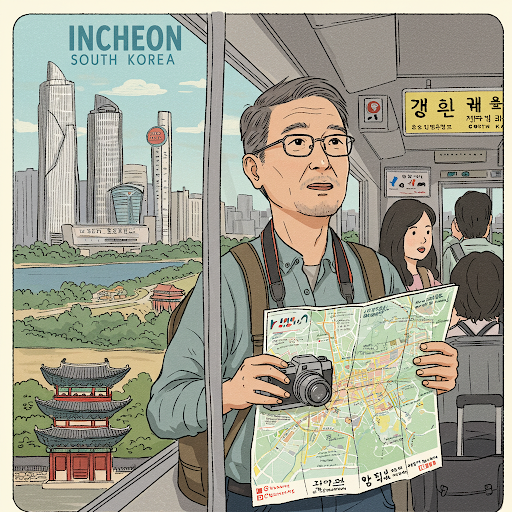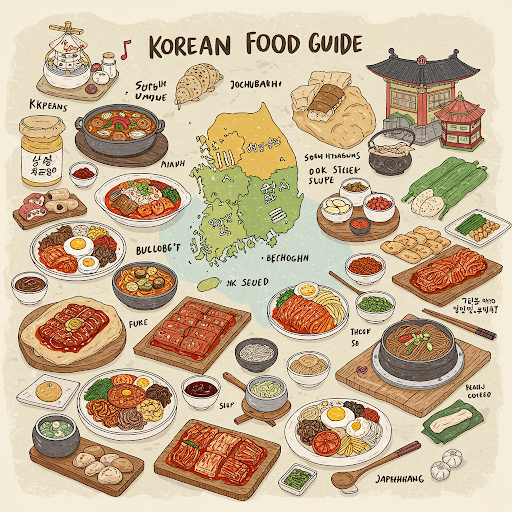Korean Traditional Culture Experience Guide
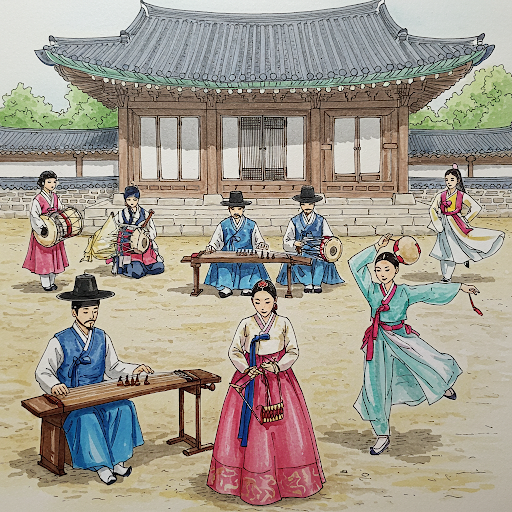
South Korea has a long history and a unique cultural heritage. If you want to gain a deeper understanding of the country, experiencing traditional Korean culture is a must. This guide introduces the most representative cultural experiences, including historical sites, traditional crafts, cuisine, and performances, allowing you to immerse yourself in Korea's distinctive charm during your journey.
1.Recommended Traditional Architecture Cultural Sites
Gyeongbokgung Palace (경복궁)
In the Joseon Dynasty royal palace, there were court guards specifically responsible for opening and closing the palace gates, known as the "Gatekeepers." The ceremony of their shift change has been historically verified by professionals and is a recreation of traditional Korean court culture. It is recommended to wear Hanbok to fully immerse yourself in the experience.
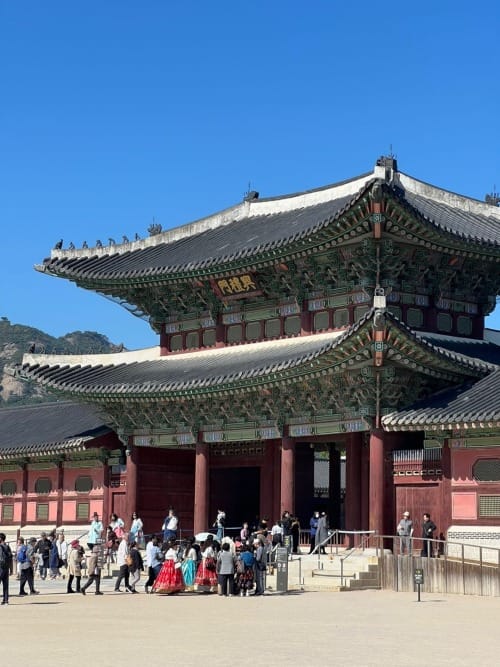
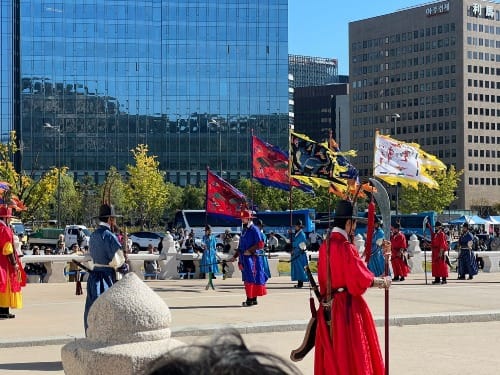
📍 Address: 1-91 Sejong-ro, Jongno-gu, Seoul / 서울특별시 종로구 세종로 1-91
🕒 Opening Hours: 09:00 - 18:00 (Closed on Tuesdays)
🎟 Ticket Price: 3,000 KRW for adults / 1,500 KRW for teens (Free entry if wearing Hanbok)
Changdeokgung Palace (창덕궁)
Changdeokgung is a royal villa from the Joseon Dynasty, famous for its architectural style that harmoniously blends with nature. It is a UNESCO World Heritage Site, with the Secret Garden (Huwon) inside offering beautiful views that change with the seasons. Compared to Gyeongbokgung, Changdeokgung's architecture reflects more of the late Joseon Dynasty style.
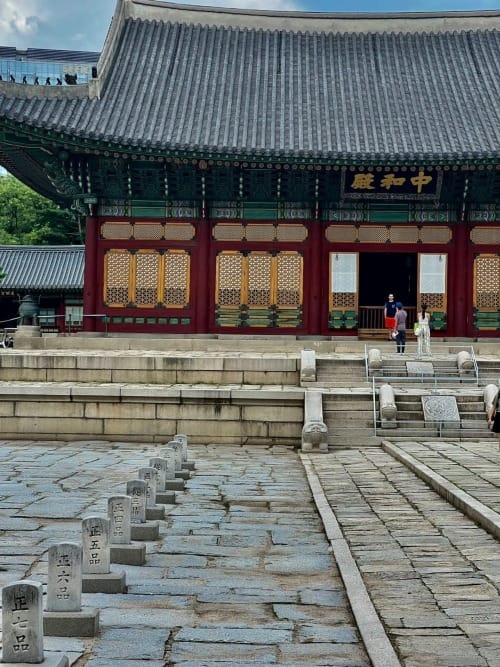

📍 Address: 2-71 Waryong-dong, Jongno-gu, Seoul / 서울특별시 종로구 와룡동 2-71
🕒 Opening Hours: 09:00 - 17:00 (Closed on Mondays)
🎟 Ticket Price: 3,000 KRW
Bukchon Hanok Village (북촌한옥마을)
This well-preserved traditional hanok village allows you to walk through narrow alleys and experience the atmosphere of the Joseon era. Many of the hanok houses have been converted into museums, tea houses, and cultural experience centers, making it a great spot for visitors who enjoy photography and exploring traditional lifestyles.
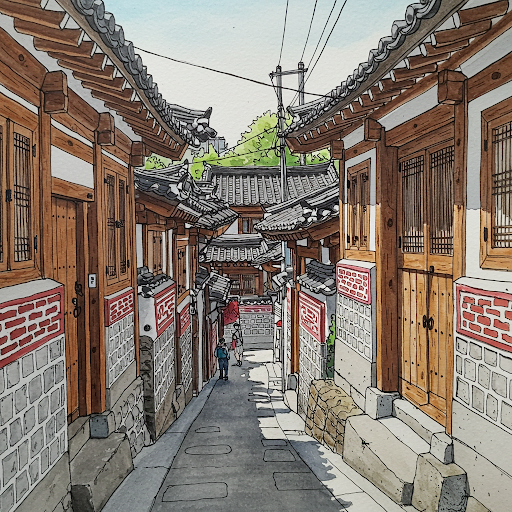
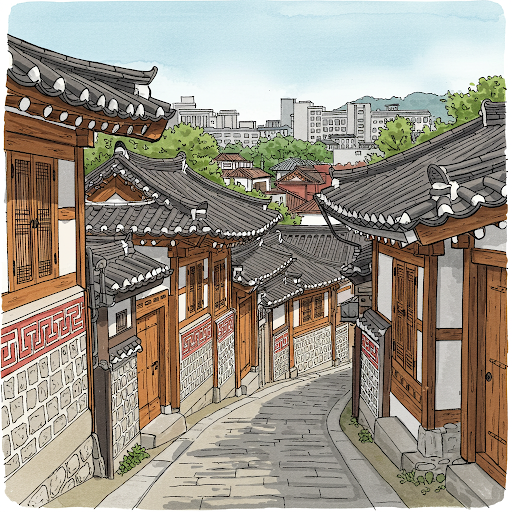
📍 Address: 105 Gye-dong, Jongno-gu, Seoul / 서울특별시 종로구 계동105
🕒 Opening Hours: Monday to Friday: 09:00 - 18:00 / Weekend: 09:00 - 17:00
🎟 Free Admission
2. Traditional Craft Culture Experience and Recommended Locations
Hanbok Experience (한복 체험)
Hanbok is Korea's traditional attire, known for its vibrant colors and elegant lines. In Seoul, you can rent a hanbok at many locations and take beautiful photos at palaces or hanok villages.
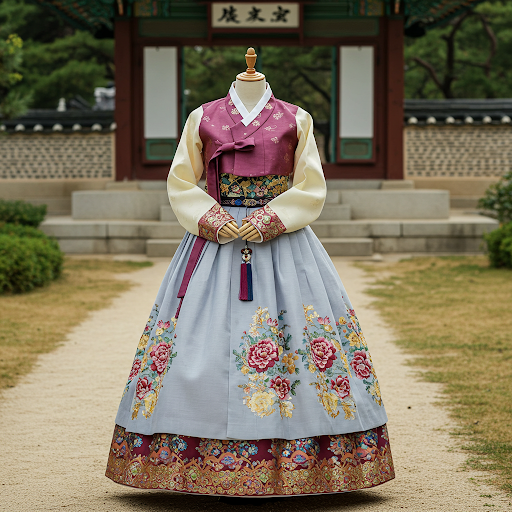
📍 Recommended Locations: Gyeongbokgung Palace, Changdeokgung Palace, and hanbok experience centers near Bukchon Hanok Village, etc.
💰 Prices:
- Hair and Makeup: 10,000-20,000 KRW
- Hanbok Rental: 10,000 KRW/ 2 hours, 18,000 KRW/ 4 hours, 30,000 KRW/ day
(Prices are for reference only, and may vary depending on the shop)
Hanji Craft (한지 공예)
Hanji is Korea's traditional handmade paper, which can be used to make items like lanterns, screens, and bookmarks.
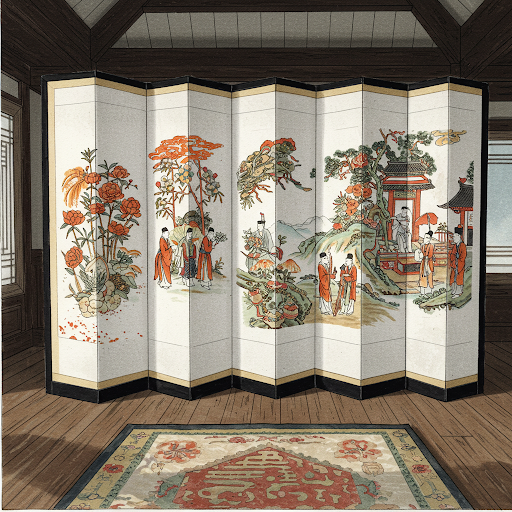
📍 Recommended Experience Location: Jeonju Hanji Museum
The Jeonju Hanji Museum showcases a variety of hanji crafts, hanji-making tools, ancient documents, and old books. Visitors can also experience making hanji and woodblock printing, among other activities.
Address: 59 Palbok-ro, Deokjin-gu, Jeonju, Jeollabuk-do, South Korea / 전북특별자치도 전주시 덕진구 팔복로 59
💰 Experience Fee: Free
🕒 Opening Hours: Tuesday to Saturday, 9:00-17:00
Ceramics Making (도자기 만들기)
Korea's ceramic culture has a long history and is an important treasure of East Asian civilization. Its development not only reflects the aesthetic changes on the Korean Peninsula but also witnesses the profound integration of technology and natural philosophy.
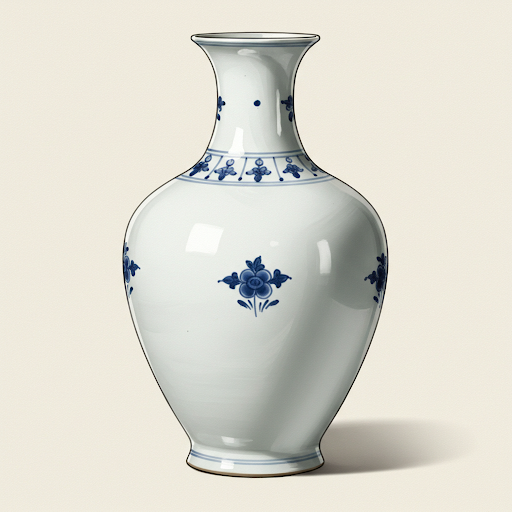
📍 Recommended Location: Gyeonggi Ceramic Museum
Located in Gwangju, Gyeonggi-do, the Gyeonggi Ceramic Museum was established over 400 years ago by the royal court of the Joseon Dynasty. Today, it serves as a traditional ceramics museum focused on the study of Joseon-era white porcelain, official kilns, archaeological excavations, academic research, and education on traditional ceramic culture.
💰 Experience Fee: 3,000 KRW
3. Traditional Cuisine Experience and Recommended Locations
Court Cuisine: Han Jeong Sik (한정식)
Han Jeong Sik is a traditional Korean set meal, usually consisting of kimchi, grilled meat, seafood, soup, and rice. It is characterized by a variety of dishes and balanced flavors, making it the best way to experience authentic Korean food culture.
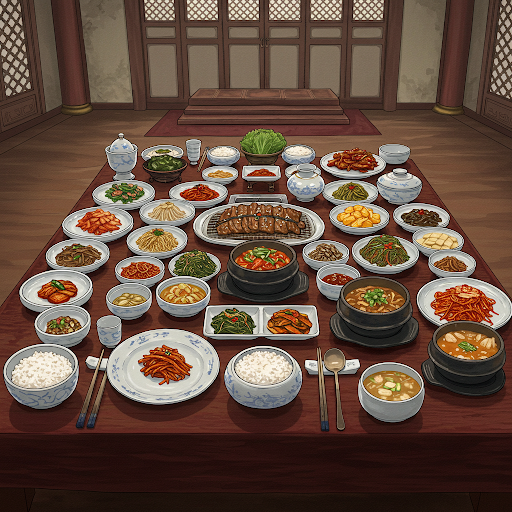
📍 Recommended Restaurant:
Korea House (한국의 집) – The Han Jeong Sik at Korea House is based on the royal court cuisine and semi-home cooking of the Joseon Dynasty. The vibrant, traditional Korean meals are presented in a modern, high-end, fashionable setting. Here, you can enjoy a traditional feast in a beautifully restored hanok.
Address: 10, Toegye-ro 36-gil, Jung-gu, Seoul / 서울특별시 중구 퇴계로36길 10 한국의집
💰 Price: Lunch 50,000 KRW/person Dinner 100,000 KRW/person
Folk Cuisine: Bindaetteok (Green Bean Pancake) (빈대떡) + Makgeolli (Rice Wine) (막걸리)
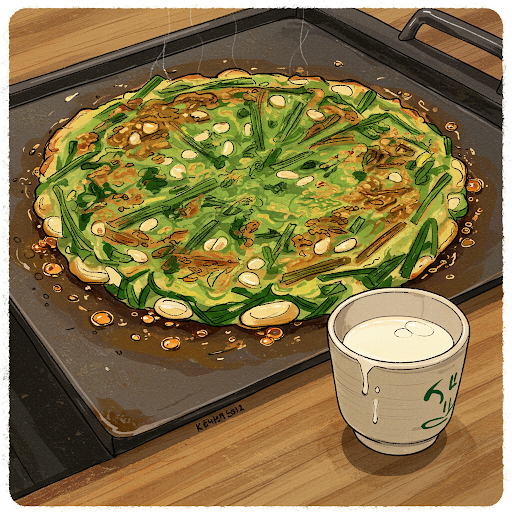
Traditional Gimbap (전통김밥)
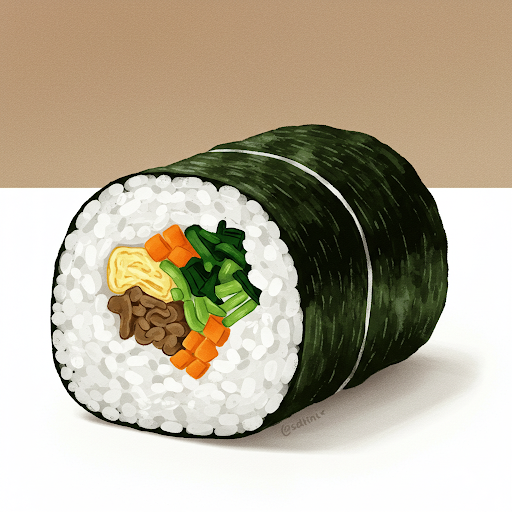
📍 Recommended Location: Gwangjang Market (광장시장)
Address: 2-1 Yejidong, Jongno-gu, Seoul / 서울 종로구 예지동 2-1
Price: Around 20,000 KRW per person (For reference only)
4. Traditional Korean Song and Dance Performances Experience and Recommended Locations
Pansori (판소리)
Pansori is a traditional Korean storytelling and singing performance, recognized by UNESCO as an intangible cultural heritage. The performer dramatically tells a story accompanied by drum music, creating a highly emotional and engaging experience.
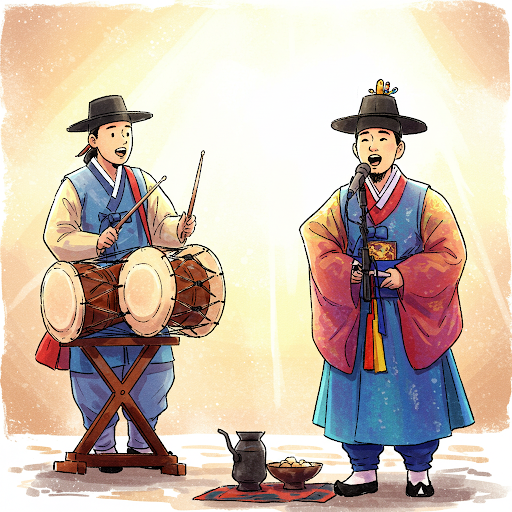
📍 Recommended Location: National Gugak Center
Address: 740-4 Seocho-dong, Seocho-gu, Seoul / 서울 서초구 서초동 740-4
Price: 10,000~20,000 KRW (Price varies based on seat location)
Conclusion
Korea's traditional culture is rich and diverse. Whether it's historical sites, handicrafts, traditional cuisine, or performing arts, you'll be able to deeply experience the unique charm of this country. I hope this guide helps you plan a culturally enriching trip to Korea!
If you have any questions, feel free to consult your tour guide or the local tourism service center. Wishing you a wonderful journey! 😊

